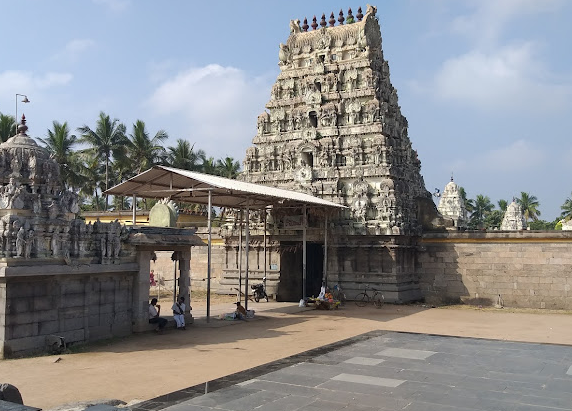Origin/History :-
- Historical Origins: The temple at Thiruvennainallur was originally constructed before the 7th century CE during the Pallava period, later rebuilt as a stone temple by the Cholas, and expanded by the Vijayanagara and Chalukya rulers.
- Epigraphical Evidence: Inscriptions from the Pallava, Chola, Pandya, Chalukya, Vijayanagara, and Sambuvaraya dynasties document endowments and contributions for rituals and maintenance.
- Chola Contributions: During the reign of Rajaraja Chola I and other Chola rulers, the temple received land, cows, and lamps for its upkeep and rituals. It was referred to as Rajendra Chozha Valanattu Thirumunaipadi Thiruvennainallur in inscriptions.
Puranic Significance :-
